Why I Built This Blog
Did you know that you can create perfect fractal patterns by repeatedly following a few random rules? I recently discovered this through a fascinating video about the Sierpiński triangle and the Chaos Game that sparked my interest.
Fractals are structures that are still detailed at small scales… a kind of rough geometry. But when most people speak of fractals, they mean self-similar shapes—patterns that repeat at different scales. So you can zoom in but still see the whole shape.
Want to know more? Watch this video: Sierpiński & the Chaos Game
Or read: Wikipedia: Sierpiński triangle
The process is surprisingly simple:
- Start with an equilateral triangle and place a random point inside it.
- Randomly pick one of the triangle’s three vertices.
- Plot a new point halfway between the current point and that vertex.
- Repeat the last two steps thousands of times.
A fractal pattern will emerge:
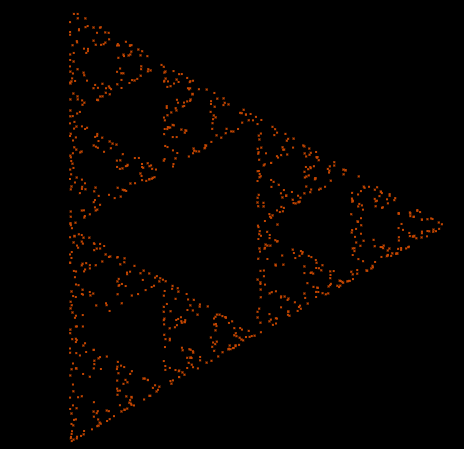
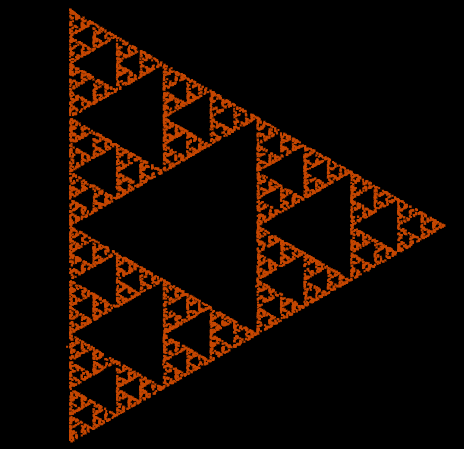
I was hooked. What would happen if I changed two simple things?
- The step – how far the point moves toward the vertex (e.g. 0.5 = halfway).
- The number of vertices – not just 3, but 4, 5, or more.
To explore this, I wrote a Python script using matplotlib. A day later, I had a working website and a simulator.
I labeled each result with the format S;V – step size and number of vertices.
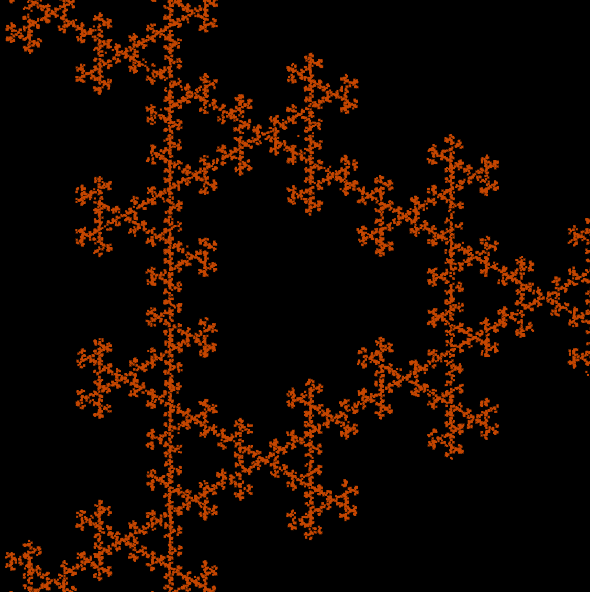

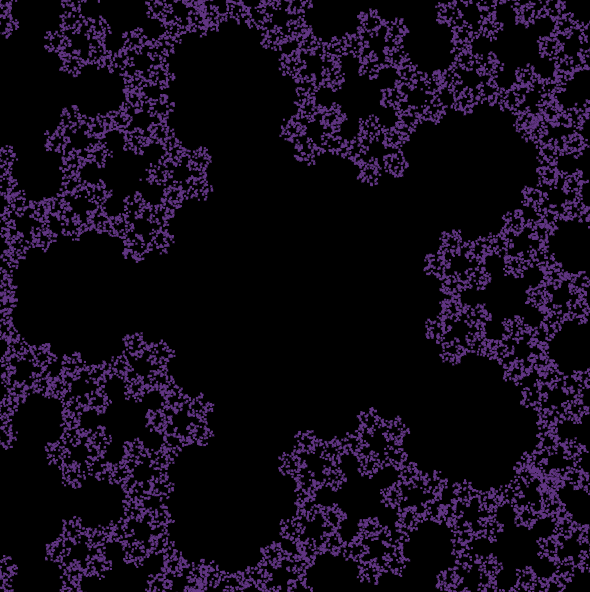
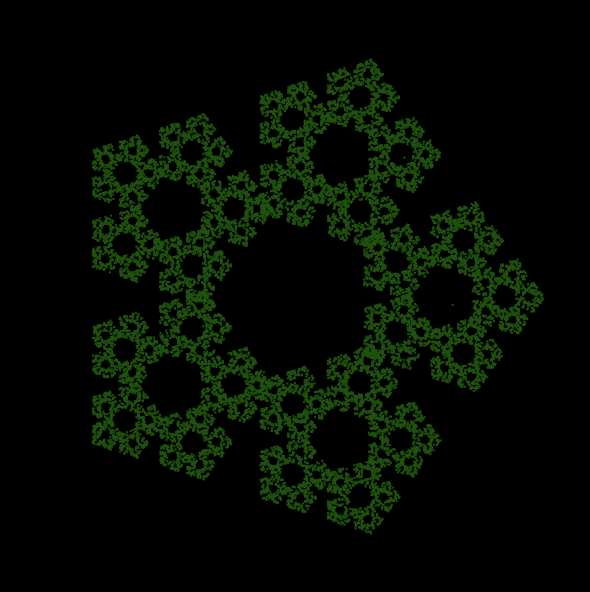
I noticed a consistent pattern: when S is between 0.5 and 0.8, self-similar fractals tend to form—regardless of the number of vertices.
That makes intuitive sense: at S = 1, you're just hitting the vertex. But as S decreases, a structure forms through avoidance.
I might write another post diving deeper into the math. For now, try the simulator: Chaos Game Simulator
If you find interesting patterns—especially ones without a central void or with strange symmetry—drop a comment.